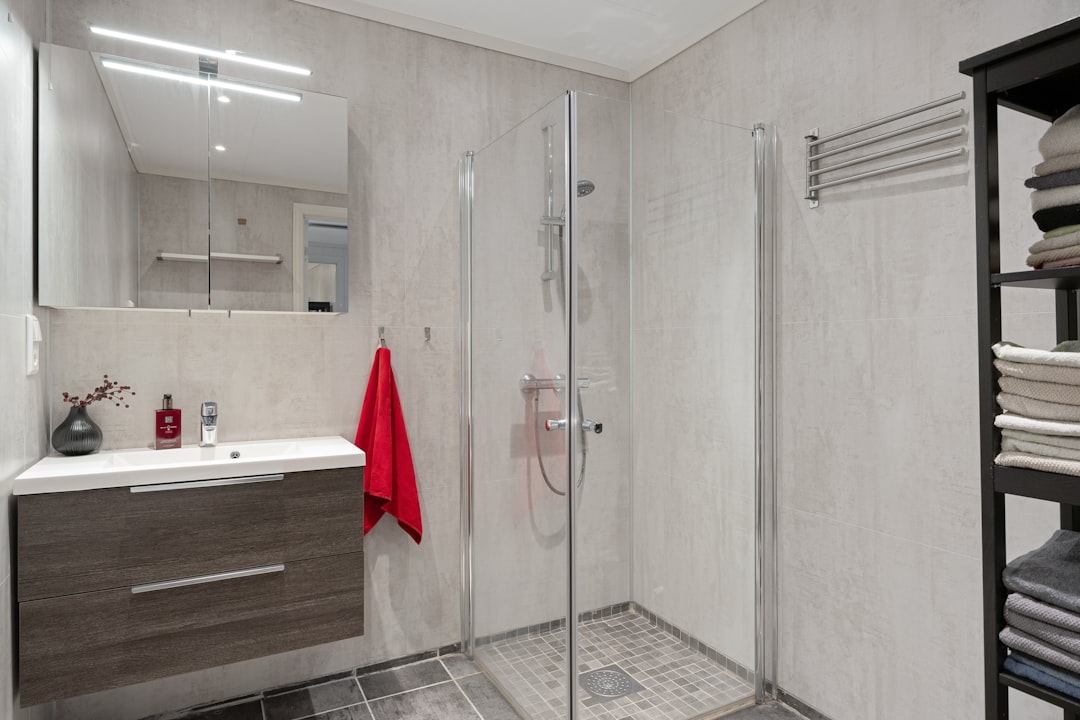
Installing a steam shower in a residential setting can range from $3,000 to $10,000, depending on the complexity and materials used. Key components include a steam generator ($1,475 – $1,650), tempered glass enclosure ($2,200 – $2,800), and porcelain tile with epoxy grout ($4.75 – $6.25 per sq ft installed). Accurate cost estimation is crucial for trade professionals to ensure profitability and client satisfaction.
Steam showers offer a luxurious upgrade to any bathroom, providing benefits such as muscle relaxation and energy efficiency. For construction professionals, understanding the intricacies of installation is essential. CountBricks provides tools and insights to streamline the process, from design to final inspection.
1. Visit CountBricks.com and use the voice-estimate tool.
2. Input details about the existing bathroom, desired footprint, and finishes.
3. Receive a dynamic materials list, labor hours, and cost range based on local supplier pricing.
1. Assess Structural Load
Ensure wall stud spacing and joist capacity meet specifications. Reinforce framing as needed.
2. Rough-In Plumbing and Electrical
Install a dedicated ¾-inch cold-water line and a GFCI-protected 240-volt circuit.
3. Build a Sealed Enclosure
Use a 6-mil poly vapor barrier and cement backer board.
4. Apply Waterproof Membrane
Apply a liquid-applied membrane over all surfaces.
5. Tile or Panel Installation
Use non-porous porcelain or large-format slabs with epoxy grout.
6. Install the Steam Generator
Mount the unit and connect water supply, drain line, and electrical.
7. Configure Controls and Accessories
Install control pad, aroma pump, and lighting.
8. Fit the Door and Glass Panels
Use tempered glass and ensure a vapor-tight seal.
9. Commissioning and Testing
Test the system and inspect for leaks.
For complex projects involving structural changes or custom work, CountBricks certified crews are available. Check regional availability at CountBricks.com.
For contractors and homeowners, CountBricks offers precision and transparency. Upload your blueprint, schedule materials, and manage labor timelines efficiently. Start your voice estimate today at CountBricks.com.

A Buffalo homeowner converted a 5' x 4' alcove bath into a steam retreat. Using CountBricks, the contractor received a detailed material schedule quickly. Here's how the project unfolded:
• AI forecast: $12,980
• Final invoice: $13,110
Variance: 1%—well within client tolerance.
Total on-site labor: 56 hours.
CountBricks combines AI automation with construction expertise. Explore our tools, book a consultation, or start a free estimate at CountBricks.com.